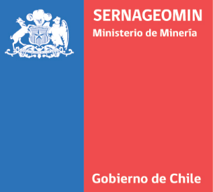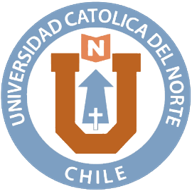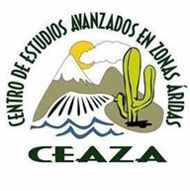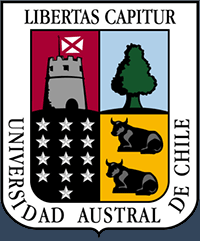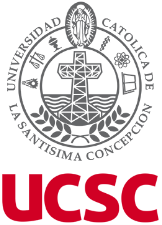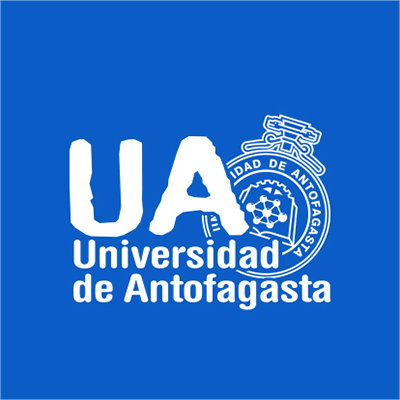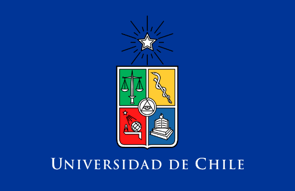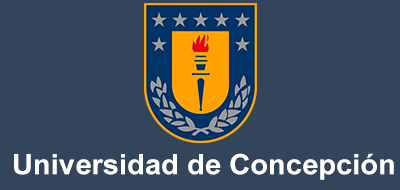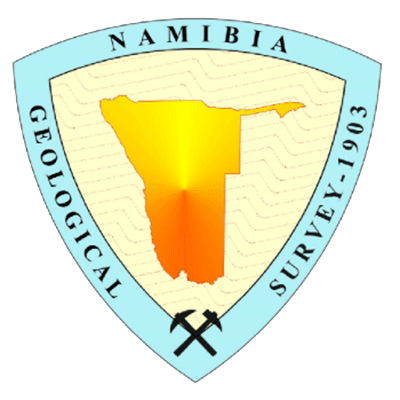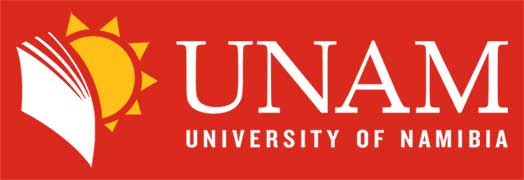In September 2017 we carried out our second field trip to the Atacama Desert to investigate the local hydrological situation at the Salar de Llamara and the Salar de Huasco.
Investigations at the Salar de Llamara started in the preliminary phase of the CRC 1211. Isotope analyses of pond waters from 2014 show that the isotopic evolution of the ponds can be reproduced by evaporation models, but further parameters such as the isotopic composition of atmospheric vapor and the influence of wind, need to be characterized more precisely.
Therefore, during the field work in September, we conducted evaporation experiments with a modified setup and sampled atmospheric vapor with a new, highly portable vapor sampling system.
Previous results also reveal that in 2014 intensive mining activities threaten the salar to dry out. Recently, mining companies are forced to pump water back into the salar to preserve the system. In September we sampled the ponds at the Salar de Llamara a second time to find out if the efforts are sufficient or more water should be pumped into the salar.
The Salar de Huasco represents a totally different system compared to the Salar de Llamara. It is located at higher altitude with higher annual rainfall and much more biological activity. Comparison of both salars will demonstrate how these parameters influence the local hydrological situation.
The field work was conducted in collaboration with Prof. Cristina Dorador, Jonathan García and Pablo Arán from the University of Antofagasta. We would like to thank them for their support in the field and are looking forward to further collaboration.
Claudia Voigt
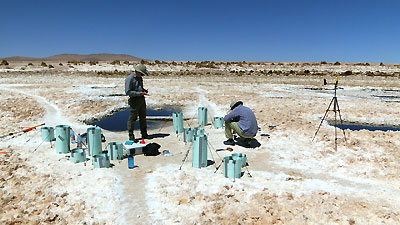 Evaporation experiments set up at the Salar de Llamara Evaporation experiments set up at the Salar de LlamaraPhoto: Claudia Voigt |
||||
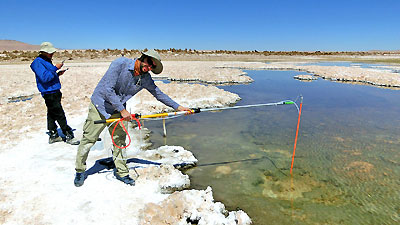 Pond water sampling Pond water samplingPhoto: Claudia Voigt |
||||
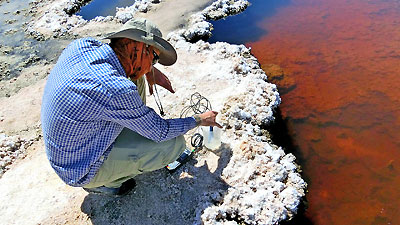 Measurement of temperature, conductivity and pH Measurement of temperature, conductivity and pHPhoto: Claudia Voigt |










